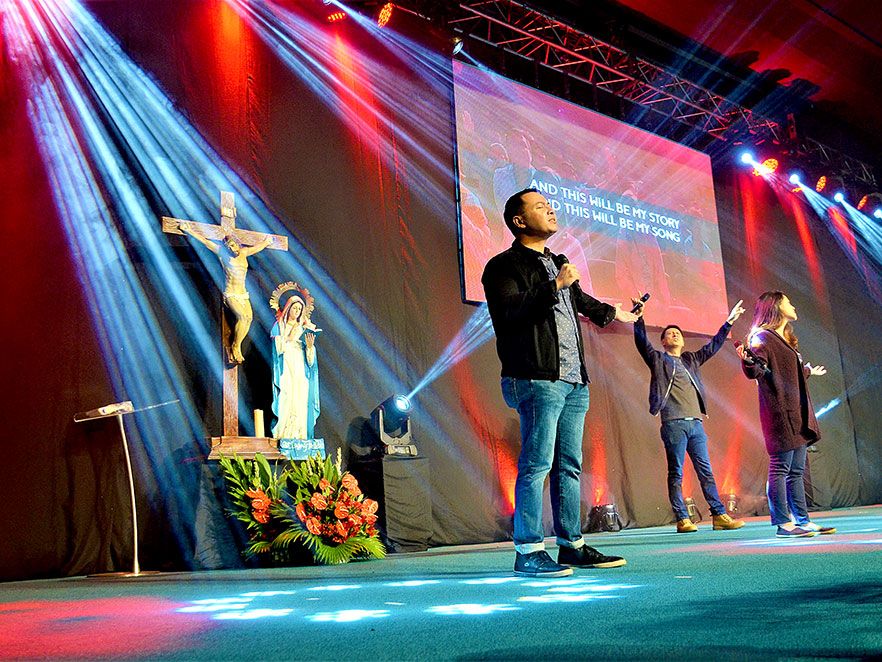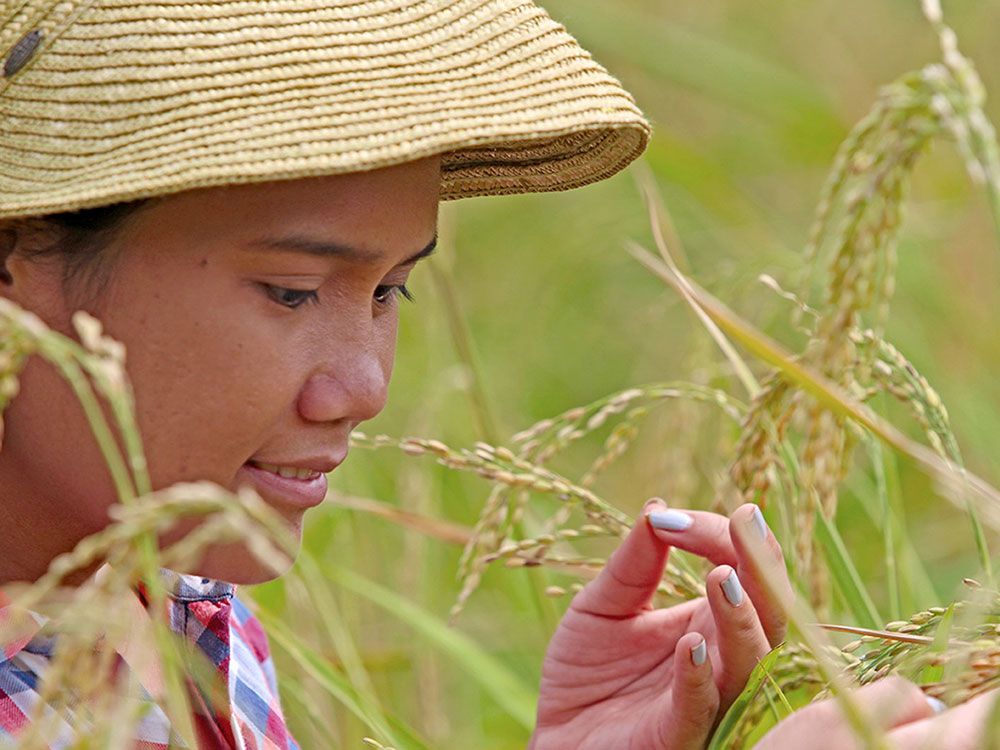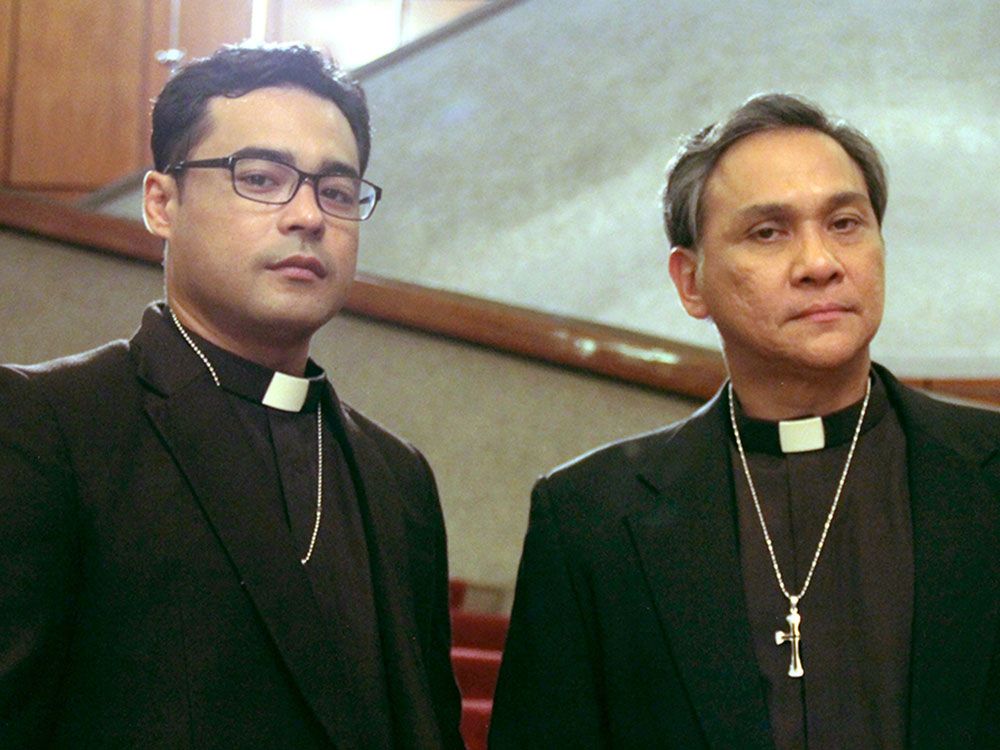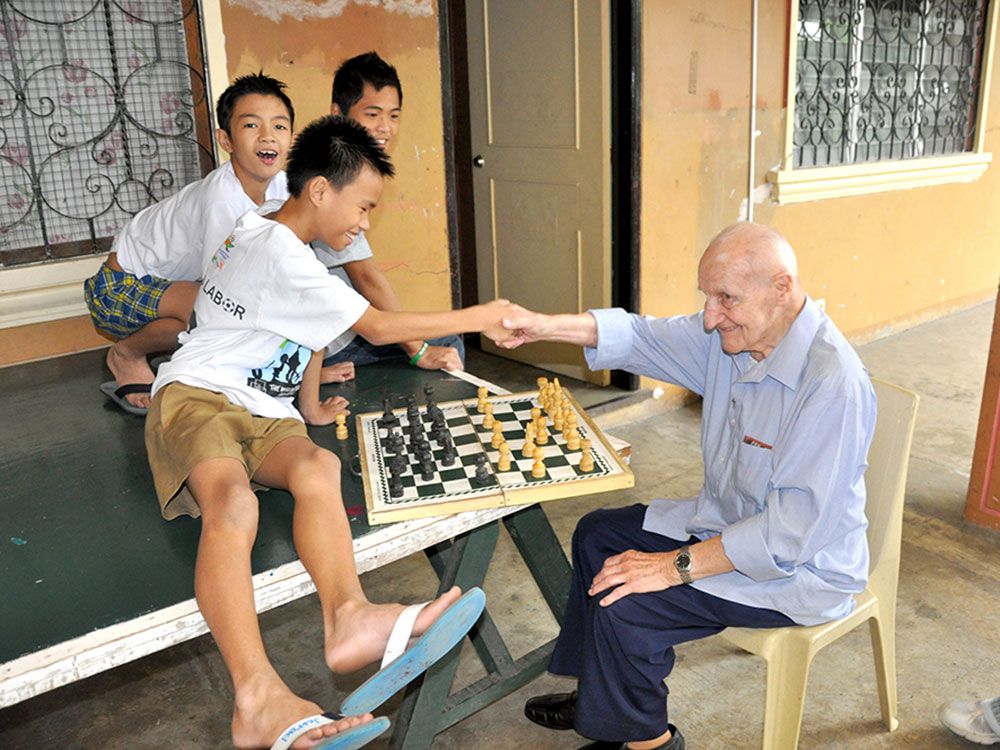

The Healing Priest
Fr. Efren Borromeo has this gift of “seeing”. He can see through a person’s body, and knows what is wrong. He can see dead people. In fact, many come to him requesting for help and prayers.
Browse past isues
Help the mission
Support the mission
Get in touch


Fr. Efren Borromeo has this gift of “seeing”. He can see through a person’s body, and knows what is wrong. He can see dead people. In fact, many come to him requesting for help and prayers.


Many years ago, a fourteen-year-old boy was the first to talk at the first ever meeting of Light of Jesus. Now, decades after, Bo Sanchez leads this Catholic community which has thousands of people participating, not only in the Philippines, but in the whole world.


PETA marked a milestone in its long career recently. As the theater company celebrates its 50th year, it was given the prestigious Ramon Magsaysay Award. Find out what made this organization worthy of such an award.


The Church of Mongolia is celebrating its 25th year. Among those who helped establish Catholicism in the country is a Filipino. We got to talk with the Bishop of Mongolia, Wenceslao Selga Padilla and he tells us of the challenges that they faced.


Sr. Nenet Daño, a Good Shepherd sister and licensed social worker, has passionately undertaken the task of helping drug users and pushers, in an attempt to protect them from imminent death following the government’s war on drugs. Here is Sr. Nenet’s heartbreaking story of her mission to help the victims of the anti-drug campaign.


Having inherited the enthusiasm for farming from her late father, Cherrie Atilano has the welfare of farmers at heart. Social entrepreneur and recipient of several awards, her enterprise teaches farmers new rice-growing techniques, empowers women and educates children and youth on gardening.


An Argentine priest promotes the Gospel through Facebook, early morning, as a spiritual food for the day. Influenced by the love for the poor of Fr. Bergoglio who, years later, became Pope Francis, the missionary runs a community-based rehabilitation program for drug addicts in an urban parish in Manila.


The new movie Smaller and Smaller Circles, based on the award-winning novel, highlights the fictional investigative prowess of two Jesuit priests who solved a series of murders in a slum neighborhood in the capital of the Philippines.


Andrada’s collection usually has her signature of avant-garde style of mixed masterful use of local fabrics. According to the Filipina designer, her collection is inspired by incantation: “(It is) paying homage to the energy of the earth,” she shared. “I am using natural materials and fusing it with organic and inorganic materials such as the piña blazer, which I embellished with some black and rust-like material. It’s avant-garde but still tribal.” Even more challenging was the fact that for her to finally showcase her collection, Andrada had to best other designers from around the world until she was selected to be part of the program called Fashion Scout. “They screened who is going to be part of the show with designers from different countries,” Andrada said. “I sent my portfolio, then they would call back, then you needed to have your dresses delivered there. Out of the hundreds who applied, they had 30 plus (designers) screened. The screening process was tedious as they invited bloggers, fashion people, press, and I was here in Manila.” She had to send pieces of her collection to her sister who, luckily enough, lives in the United Kingdom. Her sister had to travel to the nation’s capital just to deliver her clothes. Local materials What probably wowed the panel was Andrada’s use of native materials which she often fuses with modern garments. The sample clothes she sent were from her collection that she showcased in Antwerp, Belgium from the previous year. This was of Filipino tribal fabrics, such as piña and abaca, mixed with neoprene. It was not only in the U.K. and Belgium that Andrada got to travel and show off Filipino fashion. Last year alone, the Central Saint Martins College of Art and Design graduate trotted across the globe bringing her newly-sewn clothes. In 2016, she travelled to Japan for the Philippine’s Department of Trade and Industries, then to Canada and Mongolia, among others. For each country, she came up with different designs. In Japan, it was barong inspired. Barong Tagalog is a formal men’s shirt that is also considered as the Philippines’ national costume. In Toronto, Canada, her garments were inspired by the works of Apo Whang-Od, the last traditional Kalinga tattoo artist. In Mongolia, she showed off the Philippine terno, the butterfly sleeved gown, using denim. In Amsterdam, Netherlands, her collection featured a futuristic style which she fused with abaca and pineapple fabric. Filipino flavor All of these designs seem to have one common element – the Filipino flavor in it. “I want to make sure that I use Filipino products,” Andrada said. “The feel of the fabric on your fingertips is different. It is also expensive because it is handwoven. I just wanted to support the industry of the weavers. ” “I get materials from the different regions of the Philippines. I get from Benguet, from Aklan, Batangas, Lake Sebu, Zamboanga. I try to discover more in order to support our economy as it is something Filipino,” she


The French missionary served the least, the last and the lost until his death last year. Before his passing, the 101-year-old Jesuit did have a purposeful life after having helped over 800,000 children in the Philippines through his mission.
